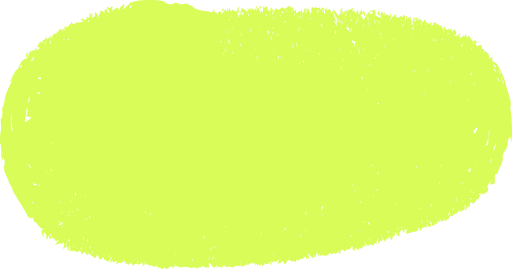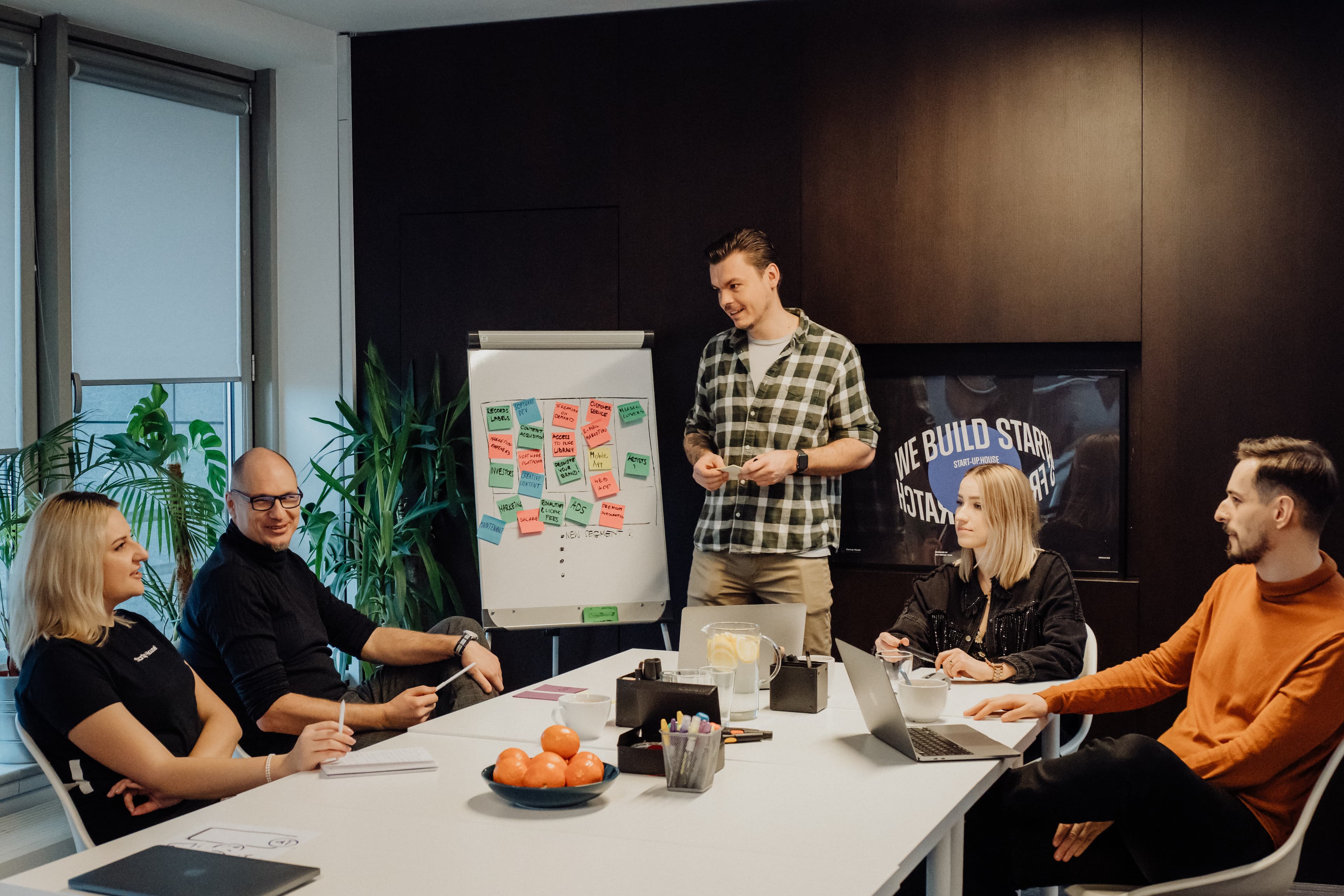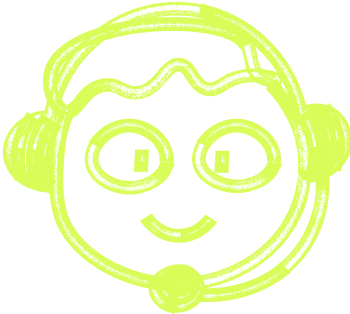🌍 All
About us
Digitalization
News
Startups
Development
Design
The Future of IoT: Exploring the Role of Software Development
Alexander Stasiak
Feb 20, 2022・5 min read
Table of Content
Pioneering the Future with IoT
Software Development: The Beating Heart of IoT
Future-Oriented Development for IoT
The Role of IoT in Startups: A Business Perspective
Embrace the IoT Revolution: Get Ahead with Software Development
The Internet of Things (IoT) has emerged as a revolutionary concept, connecting devices and enabling seamless communication between them. At the heart of this paradigm shift lies software development, the driving force behind the innovation and functionality of IoT devices. From smart homes and wearable gadgets to industrial automation and smart cities, software development for IoT plays a critical role in harnessing the power of interconnected devices. In this informative piece, we will delve into the world of software development for IoT, exploring its significance, challenges, and the exciting opportunities it presents. Join us as we embark on a journey to uncover the future of IoT and how software development is shaping this transformative landscape.
Pioneering the Future with IoT
The Rising Dominance of IoT
The Internet of Things is not just a buzzword; it's a rapidly expanding phenomenon. Its growth is fueled by the increasing demand for smart, connected devices that offer convenience and efficiency. Imagine a world where your car communicates with your house to turn on the heating system as you near home, or your fridge orders milk before you even realize you're out. This is the kind of seamless automation IoT is bringing to everyday life. Businesses, too, are leveraging IoT to optimize operations, reduce costs and create new revenue streams. With billions of devices predicted to be online within the next few years, the impact of IoT across industries cannot be overstated. It's transforming the way we live and work, making its dominance in the tech landscape not just palpable but inevitable.
Understanding IoT in a Nutshell
The Internet of Things, commonly known as IoT, represents a network of physical objects — 'things' — that are embedded with sensors, software, and other technologies for the purpose of connecting and exchanging data with other devices and systems over the internet. These devices range from ordinary household items to sophisticated industrial tools. With IoT, the physical world meets the digital in a convergence that enhances data collection, automation, and overall efficiency. By tapping into the IoT, devices can operate with a high degree of autonomy, responding to real-life conditions without human intervention. Its essence lies not only in the devices themselves but also in the software that drives them, the data they collect, the communication protocols and the interactions they enable. This integration holds immense potential to improve business processes and the daily lives of individuals.
Software Development: The Beating Heart of IoT
The Integral Role of Software in IoT
At the heart of every IoT device lies the commanding force of software. This crucial component plays a multifaceted role, covering device management, data analytics, user interface design, and cybersecurity. Software serves as the linchpin that enables devices to connect, communicate, and make decisions in real-time based on data inputs. Dictating a device's behavior, software allows it to respond to external stimuli, adapt to changing environments, and engage with other devices. Its scalability and flexibility are paramount to support the expanding network of devices and the copious amounts of data they generate. In the realm of IoT, software development emerges as a complex task requiring a profound understanding of both hardware intricacies and potential applications. It transforms a smart device into an intelligent one, seamlessly bridging the gap between the physical and digital worlds.
Evolving Approaches in IoT Software Development
The landscape of IoT software development is ever-changing, mirroring the needs of an interconnected world. Agile methodologies have gained prominence, facilitating swift iteration and adaptability to changes. The integration of DevOps practices into IoT ensures a seamless blend of development and operations, guaranteeing continuous integration and delivery. A surge in the importance of modular software is evident, offering easier updates and maintenance for the plethora of devices within the IoT ecosystem. Developers are increasingly turning to microservices architectures to construct flexible and scalable IoT applications that can evolve organically. As the IoT space matures, a shift toward user-centric design is observed, recognizing the paramount importance of the end-user experience for adoption and engagement. Security emerges as a top priority, acknowledging the unique challenges posed by the interconnected nature of IoT devices, demanding robust and secure software solutions from the outset of the development process.
Future-Oriented Development for IoT
Predicting the Next Big Trends
As we cast our gaze towards the future, several key trends are poised to redefine the landscape of IoT software development. Artificial Intelligence (AI) and Machine Learning (ML) are increasingly becoming integral, enhancing the capabilities of IoT devices and empowering them to make more intelligent decisions. Riding the wave of momentum is edge computing, a trend gaining traction, allowing data processing to occur in closer proximity to where it's needed, thereby reducing latency and optimizing bandwidth usage. Sustainability is emerging as a focal point, with a spotlight on energy-efficient devices and the adoption of green software practices. The realm of security is witnessing advancements with the development of new encryption methods and security protocols, fortifying IoT devices against cyber threats. Interoperability between diverse IoT systems and platforms is set to improve, facilitating seamless collaboration among devices from different manufacturers. These trends collectively point towards a future characterized by a smarter, more interconnected, and secure IoT ecosystem.
IoT Software Developments to Watch
Keep a watchful eye on several burgeoning IoT software developments anticipated to make significant strides. Voice and gesture recognition technologies are evolving, promising to redefine how users interact with IoT devices through heightened sophistication. Blockchain technology is poised to introduce innovative ways to secure IoT transactions and data exchanges. The rise of no-code and low-code platforms is democratizing IoT software development, making it accessible to a broader range of individuals eager to contribute to IoT solutions. Digital twin technology is ascending, crafting virtual replicas of physical devices for simulation and performance analysis. Exploring the potential of 5G networks is underway, promising the speed and connectivity needed for the next generation of IoT devices. These developments not only shape the future of IoT but also pave the way for entirely new applications and services, ushering in a transformative era.
The Role of IoT in Startups: A Business Perspective
How IoT is Reshaping the Startup Ecosystem
The startup ecosystem is experiencing a seismic shift as IoT rapidly becomes a transformative force. Startups, fueled by the potential of IoT, are disrupting traditional industries with groundbreaking services and products. The wealth of data generated by IoT devices is a goldmine for startups, offering unparalleled insights into customer behavior, preferences, and needs. Here's how IoT is reshaping the startup landscape:
- Invaluable Customer Insights: The data collected by IoT devices equips startups with invaluable insights, allowing them to understand customer behavior and tailor offerings to meet evolving needs.
- Operational Optimization: IoT enables startups to optimize their operations, introducing automation to enhance efficiency and reduce costs, fostering leaner and more agile business models.
- Industry-Specific Solutions: In sectors like healthcare, agriculture, and logistics, IoT-driven startups are solving complex challenges. For instance, real-time monitoring of crop health or efficient management of medical devices for enhanced patient care.
- Market Entry Opportunities: The innovation sparked by IoT opens new avenues for startups to enter established markets, challenging existing norms and creating value in dynamic ways.
The IoT Advantage for Entrepreneurs and Founders
Entrepreneurs and founders are strategically leveraging IoT to gain a competitive edge in the highly competitive business landscape. The advantages offered by IoT empower startups to carve a distinctive niche and build resilient businesses. Here's how IoT provides a strategic advantage:
- Unique Product Offerings: IoT and data analysis enable startups to craft unique, differentiated products with enhanced capabilities, setting them apart in crowded markets.
- Informed Decision-Making: The ability to collect and analyze data from IoT devices facilitates more informed decision-making, empowering startups to tailor their strategies based on real-time insights.
- Asset Tracking and Inventory Management: Improved asset tracking and inventory management, facilitated by IoT, are pivotal for startups aiming to maintain efficient and lean operations.
- Predictive Maintenance: IoT's predictive maintenance capabilities empower startups to anticipate and prevent equipment failures, saving crucial time and resources.
- Diversified Revenue Streams: Integration of IoT into business models opens doors to new revenue streams. Startups can explore data-driven services or subscription models, expanding their financial horizons.
In essence, IoT is not just a technological innovation; it's a strategic enabler that propels startups towards smarter, more responsive, and digitally adept business models, positioning them for success in the contemporary business landscape.
Embrace the IoT Revolution: Get Ahead with Software Development
For startups venturing into the IoT realm, the initial step involves identifying a problem that IoT can effectively solve. Thorough research of the target market and understanding potential customer needs is crucial. Here's a step-by-step guide:
- Market Research: Research your target market to understand its dynamics and identify potential customer needs that IoT can address effectively.
- Build a Skilled Team: Assemble a skilled team with expertise in software development, data analytics, and cybersecurity to navigate the complexities of IoT.
- Choose Scalable Platforms: Opt for scalable and secure IoT platforms that can grow alongside your startup. Ensure compliance with data protection regulations.
- Start Small with MVP: Begin with a Minimum Viable Product (MVP) addressing the core problem. Use customer feedback to iterate and enhance your IoT solution.
- Leverage Partnerships: Collaborate with established companies for technology support and market access, utilizing partnerships to strengthen your startup's position.
Leveraging the Power of IoT with Software Development
To unlock the full potential of IoT, startups must prioritize robust software development. Here's how:
- Reliable, Scalable, Secure Software: Develop software that is not only functional but also reliable, scalable, and secure to handle the substantial data generated by IoT devices.
- Cloud Services Utilization: Utilize cloud services for efficient storage and processing of the vast amount of data produced by IoT devices.
- User-Friendly Interfaces: Design user-friendly interfaces that enable intuitive interaction for customers managing IoT devices remotely.
- Robust Security Measures: Implement stringent security measures from the outset to safeguard the sensitive nature of IoT data.
- Agility for Updates: Adopt an agile approach to swiftly update and improve software based on user feedback and evolving technologies.
By prioritizing strong software development practices, startups can establish a solid foundation for their IoT products and services. This strategic focus ensures they are well-prepared to seize opportunities within the ongoing technological revolution.
 FAQs
FAQs
How is software development transforming the IoT landscape?
Software development empowers IoT devices to communicate, analyze data, and perform tasks autonomously, making them smarter and more efficient. This transformation introduces connected, data-driven solutions across various industries.
What is the significance of IoT in today's technology-driven world?
IoT's significance lies in connecting everyday devices to the internet, enabling data exchange that enhances efficiency, productivity, and innovation across society and the economy.
What are the key components of IoT software development?
Key components include device management, data analytics, user interface design, cybersecurity, and integration of technologies like AI, ML, and edge computing for enhanced functionality.
What future trends are expected to shape IoT software development?
Future trends include AI and ML integration, adoption of edge computing for faster data processing, sustainability focus, advanced security protocols, and improved interoperability among IoT systems.
How can startups leverage IoT for business growth?
Startups can leverage IoT to develop innovative products, optimize operations, gather customer insights, and open new revenue streams through data-driven business models.
What challenges do startups face in IoT software development?
Challenges include ensuring scalability and security, managing device and platform integration complexity, and navigating regulatory issues related to data privacy.
How can entrepreneurs successfully develop and implement IoT solutions?
Entrepreneurs can succeed by focusing on specific problems, building skilled teams, using scalable platforms, starting with MVPs for feedback, and staying agile to adapt to technological advancements.
What role does data play in IoT, and how can startups manage it effectively?
Data is crucial for informed decisions and insights. Startups manage it by using cloud services, employing analytics, and ensuring data privacy and security.
How can software development ensure the security of IoT devices and data?
Software development ensures IoT security through encryption, secure protocols, regular updates, robust authentication, and designing systems with security in mind from the outset.
What is the future outlook for IoT and software development?
The future outlook is promising, with both evolving together to drive innovation, create smarter environments, and offer endless possibilities for enhancing daily life and business operations.

 Don't miss a beat - subscribe to our newsletter
Don't miss a beat - subscribe to our newsletterYou may also  like...
like...

Top Traits of an Outstanding Software Development Team
The success of any software project depends on the team. See the top traits that turn good dev teams into outstanding ones.
Alexander Stasiak
Apr 18, 2025・12 min read

Choosing the Right Software Development Partner: A Practical Guide for Startups
The right software development partner can define your startup’s success. This guide shows how to choose one that fits your goals and needs.
Alexander Stasiak
Dec 30, 2024・10 min read

Understanding Event-Driven Programming: A Simple Guide for Everyone
Explore the essentials of event-driven programming. Learn how this responsive paradigm powers interactive applications with real-world examples and key concepts.
Marek Pałys
Apr 30, 2024・9 min read




